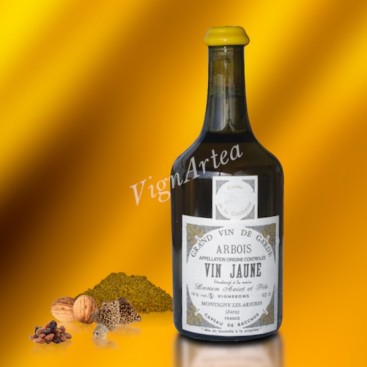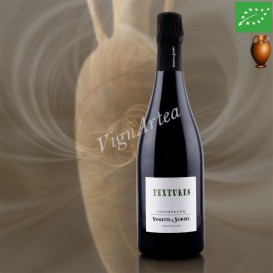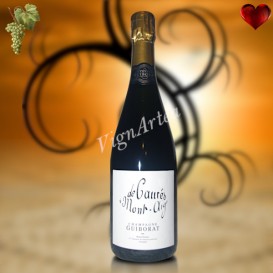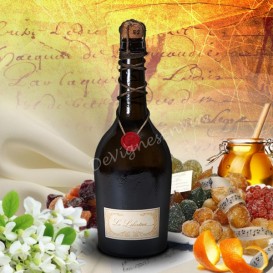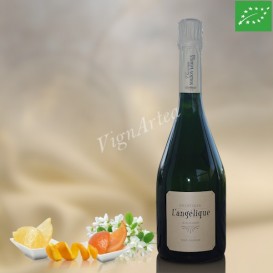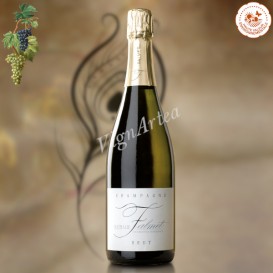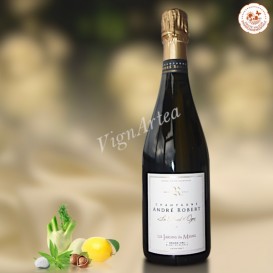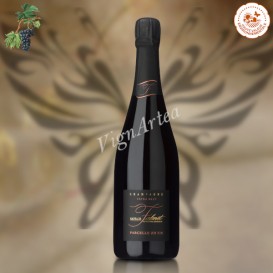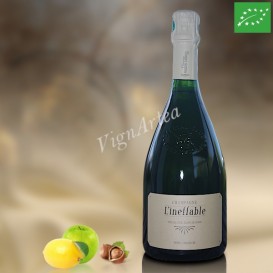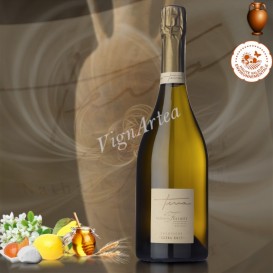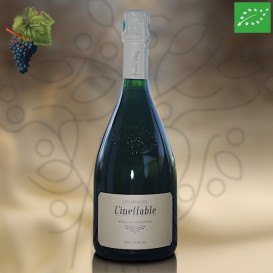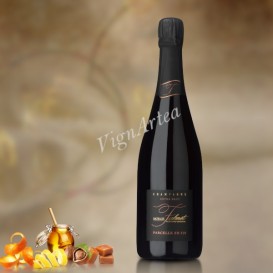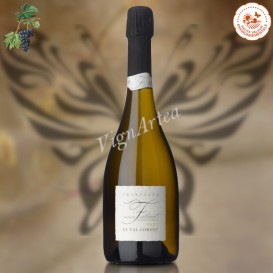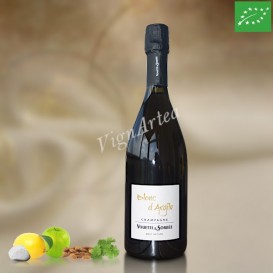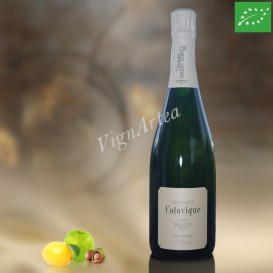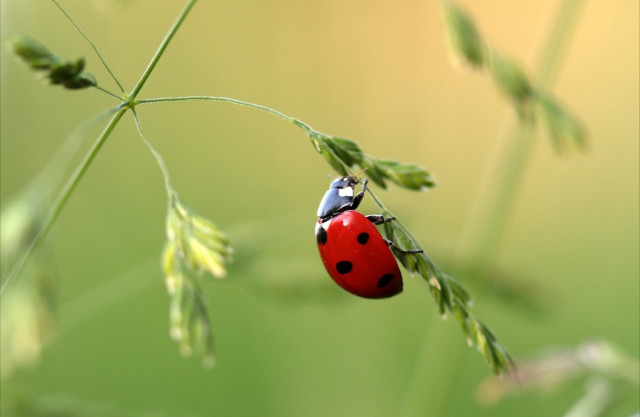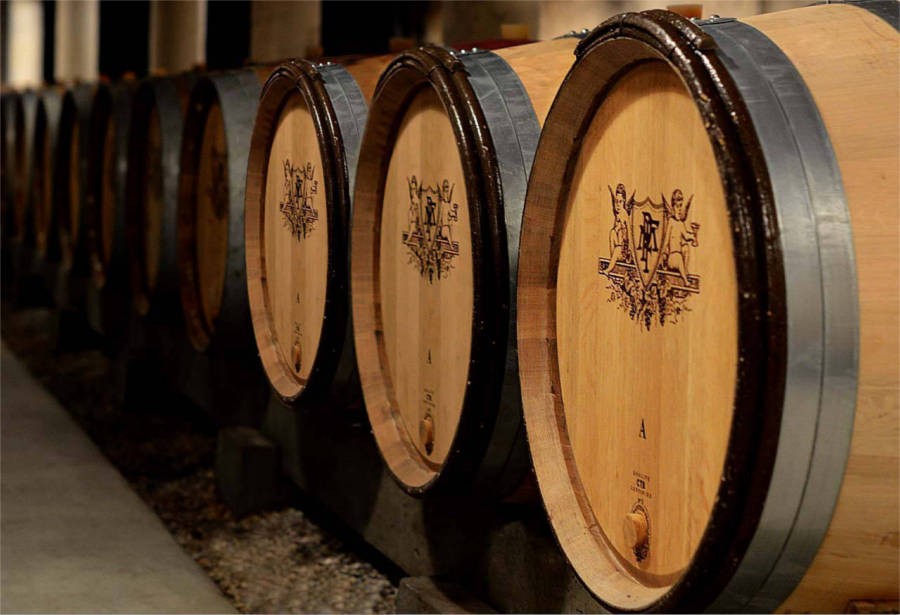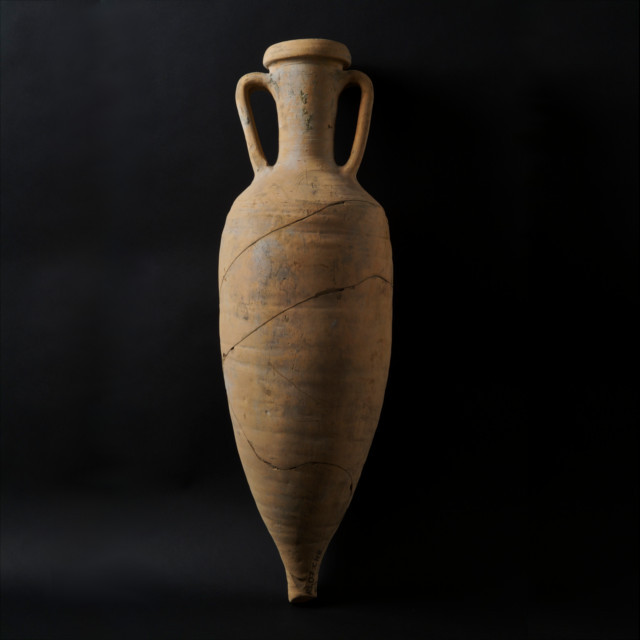VIN JAUNE 2014 - Cuvée de la confrérie (Lucien AVIET & fils)
JURA - AOP ARBOIS - DRY WHITE WINE
Grape variety: Savagnin (100%)
Native yeasts
Ageing under flor in 228 liters barrels and half-muid for 7 years
- Nose: morel, fresh nuts, raisin and curry.
- Palate: elegant and tonic. Persistent finish reminiscent of whisky.
- Tasting date: tasting notes of the 2013 vintage.
- OUR OPINION: the tiny quantities supplied do not allow me to sacrifice a bottle for tasting. As those wines are of impeccable quality year after year, I wrote the tasting notes of the 2013 vintage as an indication.
TERROIR
The Savagnin vines are spread over several plots but the terroir is the same for all of them ; this is the Savagnin favorite soil of gray marls. It is in this heavy soil, yet difficult for the root system to penetrate, that the Savagnin vines give the best of themselves.
The Lias gray marls are sedimentary rocks that were formed between -201 and -174 million years ago, but the variability of their structure depending on the plots location testifies to a modification of the climatic conditions.
The Château Gimont plot's gray marls provide the Savagnin vines with a paper shales soil, whose laminated structure testifies to a sudden global warming that the Earth has undergone, and which was consecutive to a strong volcanic activity : the sudden methane gas release from the seabed suffocated marine fauna, causing a significant accumulation of organic matter.
The other plots (En Levrin, Champ-Maudit, Les Bruyères) offer a sandstone type marls rich in fossils, whose presence shows that sedimentation took place in a sea rich in microorganisms, but too shallow and too little oxygenated to allow the complete dead organisms decomposition, which gives the marls their gray color. On the surface, they are covered with a thick layer of limestone scree coming from the ledge which overhangs them.
WINEGROWING & WINEMAKING
The grapes are harvested manually and then immediately pressed in the cellar. The alcoholic fermentation starts spontaneously under the native yeasts actions, followed by the malolactic fermentation.
At the end of the fermentation, the must is aged for 7 years in 228-liter barrels and half-muids.
During the ageing phase, the part of the must that evaporates year after year is never completed by new wine, as it is the case for traditional ageing. The must in contact with the air oxygen will develop a yeast veil on its surface which will isolate it from the air and protect it. The yeasts, by consuming the elements they need to survive, will produce these typical mushroom and nut aromas specific to Savagnin.
At the end of its 8 years ageing, the must is bottled without fining, neither filtration, nor sulphites addition.
| Country | Jura |
| Color | White |
| Orange wines | No |
| Clay amphorae wines | No |
| Type | Dry |
| Vintage | 2014 |
| Capacity | 62 cl |
| Single Grape Variety | Savagnin |
| Alcohol rate | 16% |
| Quality Designation | Arbois |
| Cellar Potential | 100 years. |
| Service advise | 16°C (61°F). Open 4 hrs before the service. |
| Culture Methods | Sustainable cultivation method |
| Fining | No |
| Filtering | No |
| Comments | Alcoholic fermentation in casks with native yeasts ♦ Ageing under flor for 7 years in 228 liters barrels and in half-muids ♦ No finig, no filtering. |

